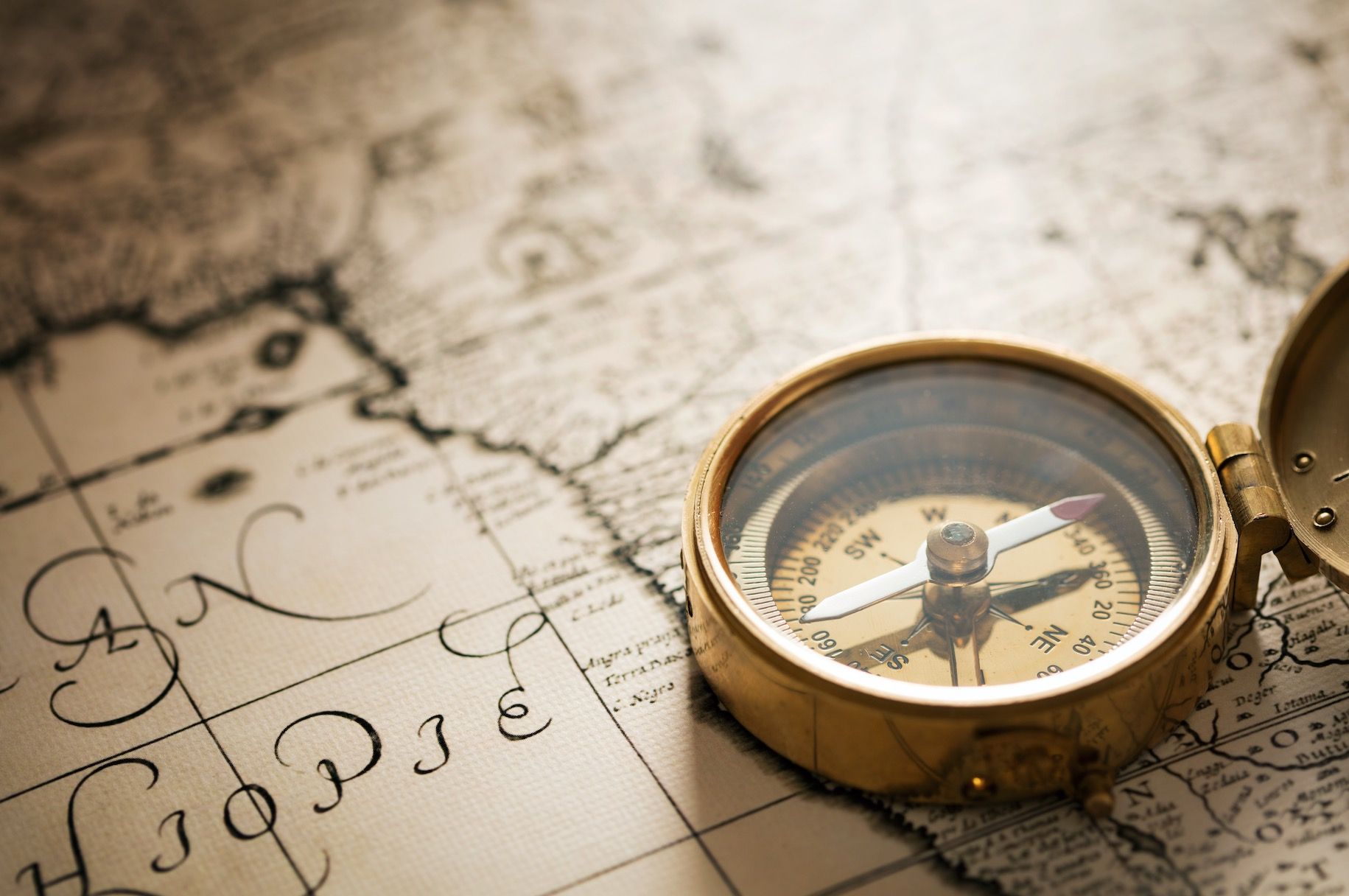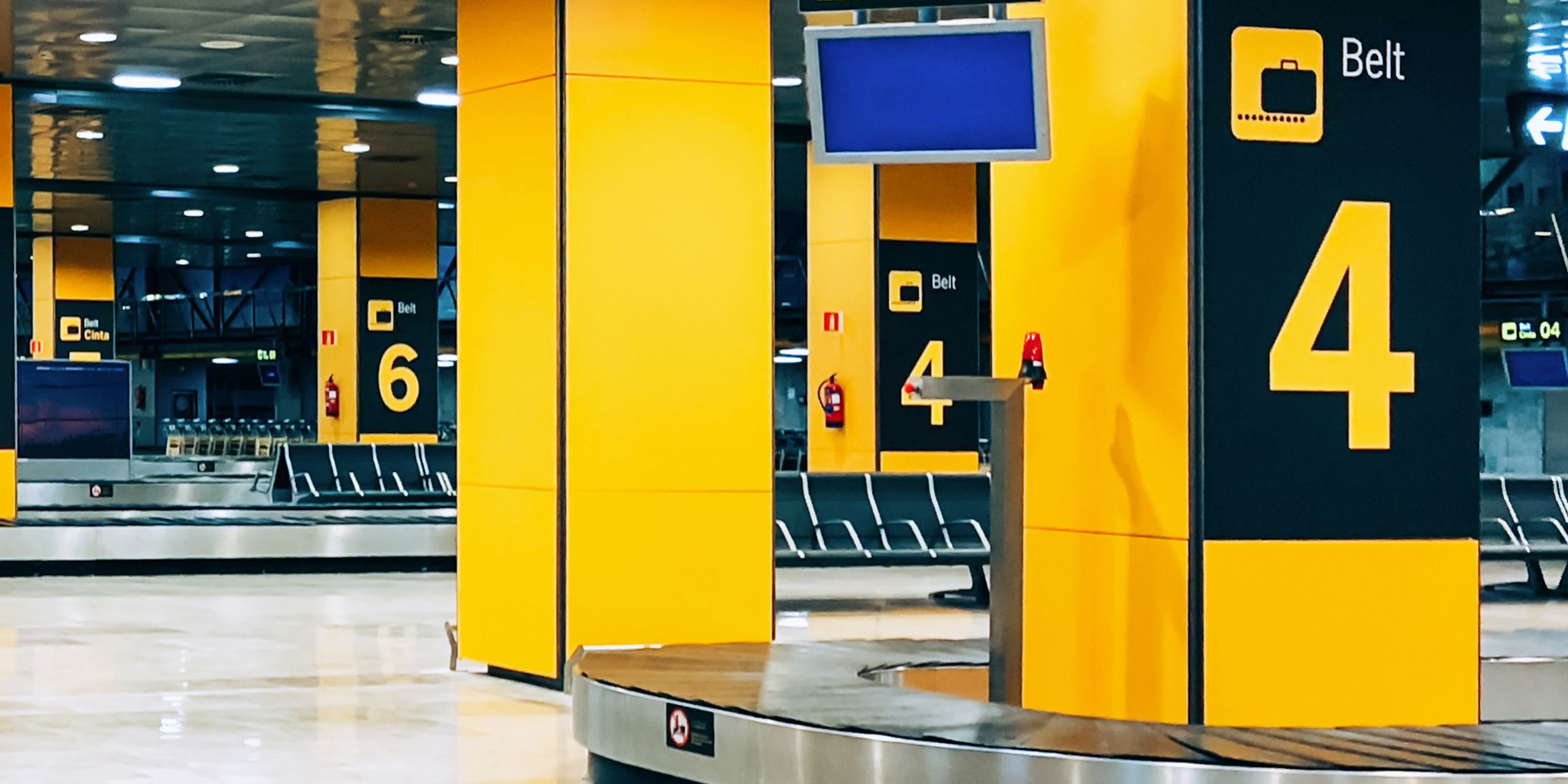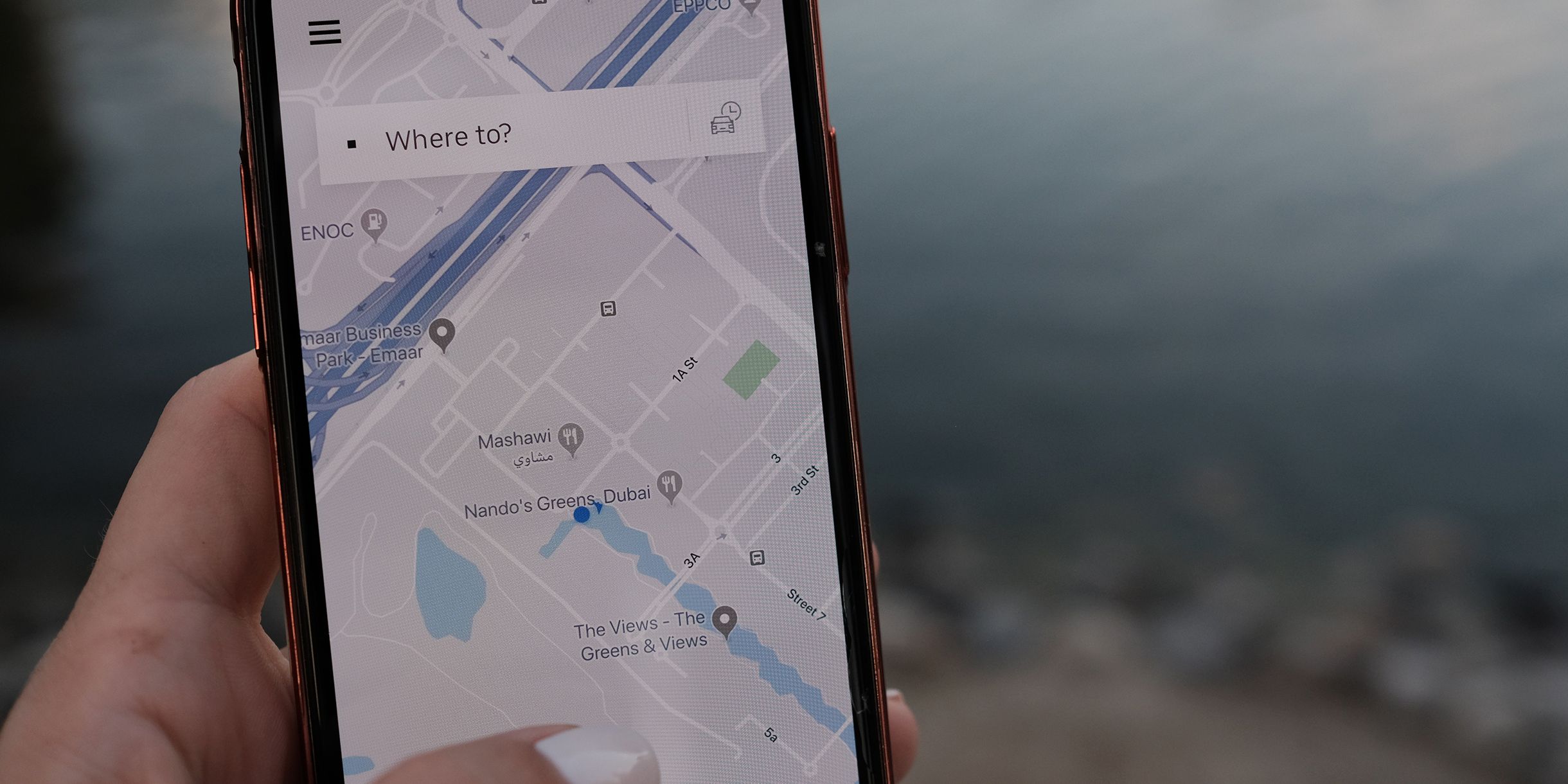What is a Wayfinding Strategy?
What is a wayfinding strategy and are there methodologies that describes a solution for spatial problem solving?

Wayfinding strategy approach
The basic principle of a wayfinding strategy is to create a legible environment, to find destinations and to exclude random seeking. A wayfinding strategy helps to create areas, environments, buildings to be easy to navigate places for people and to have a seamless journey experience.
Within the wayfinding strategy there are three (3) main wayfinding tasks defined;
- Naive Search
Where the user has no exact knowledge of the whereabouts of the destination’s location. - Primed Search
Where the user knows the destination’s location. - Exploration
Any wayfinding task in which there is no set destination.
Wayfinding tasks
Each area, environment requires different approach to wayfinding. Depending on the required wayfinding a task a strategy can be chosen for people to understand their surroundings. For instance in Airports the tasks can be different than wondering in the park. Below you will find examples of wayfinding tasks that can be applied in a wayfinding strategy.
- Route following
- Inference
- Aiming
- Map reading
- Technology
Discover each of these strategies to create legible environments and focus on delivering end-user information.

Route following
Route Following is a strategy to describe a way in which the observer is using signs with arrows to go from one place to another. The target of location is known, but a direct path towards it is unknown. Along the route, information is displayed to inform the observer towards the target. The signs are working together to create a network of connections between locations. The consistency in terminology- and hierarchy of information as well as marking decision points is important for Route Following to be an effective way of directing people from one place to another.
Route following can be applied for instance in areas to point towards an entrance, exit. A situation where a directive wayfinding task is required to guide towards a destination.

Inference
Inference is a wayfinding strategy that involves systematic searching, the understanding of a direction by reading numerical and alphabetical information in sequences. This methodology is based on creating an environment in a logical, understandable order. Combined with conventional cultural patterns Inference is a logical approach to create a legible environment build on expectations.
Inference can be applied in areas for instance at Airports, Railway stations or Stadiums. Upfront information such as "Your flight departs from Gate H3" is required as wayfinding taks, to follow a logical approach "H1, H2, H3, etc".

Aiming
Object (aiming) wayfinding strategy is divided into two categories, direct- and indirect visual contact with the target. In a direct visual contact, the observer has a visual reference of the target and chooses the desired path towards it. In an indirect visual contact, the observer chooses to follow logical steps to find a place where visual contact can be made, then follows the desired path towards the target.
Aiming as wayfinding taks can be applied in for instance cities or wide spread areas, where you can see landmarks and make your way towards the destination.

Map reading
Map Reading is a strategy to inform the observer about their surroundings, e.g. "You are Here". Based upon the understanding of the map in relation to the environment the observer makes a choice of navigation. Map Reading is usually supported by a compass rose to have a better understanding of direction. Techniques such as; to display maps in a heads-up direction can empathize a greater understanding between the map and the environment.
Map reading as a wayfinding task can be applied in cities, for example as in the Legible London mapping system. A heads-up map shows destinations, paths, safe routes and landmarks within a certain walking distance. A quick and easy way to navigate unknown areas, locate destinations and serendipity (to explore previous unknown destinations).

Technology
Technology driven strategies are usually hand-held devices or digital kiosks where input from the observer leads to orientation and navigational information. With the use of technology, dynamic information can be displayed to the observer and could be mixed with personal preference and social learning. Meaning technology has the ability to show narrow casted information, leaving out the overflow of information for the user.
The role of technology in wayfinding is set to show tailored information to the user. The phone navigational options for wayfinding usually works best open areas such as cities to locate and path towards a destination. The usage of mobile phones in buildings seems a more difficult taks, as there are lesser options for distinctiveness and technology difficulties.
Main takeaways
A wayfinding strategy is tailored to the required tasks in an environment and focused at the user. Different areas, buildings, transportation hubs, etc required their own approach in wayfinding.
- What is the required wayfinding task?
- What kind of area, environment, building?
Try different approaches while developing a wayfinding strategy and user-test scenarios to create a seamless journey experience.